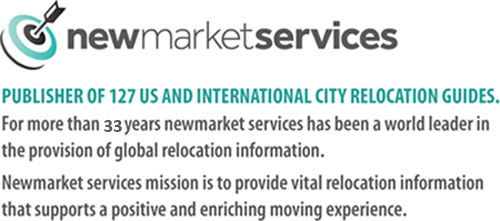Birmingham’s history is not at all typical of other great cities of the southern United States. That is the case because, at the time of the region’s defining event—the Civil War—Birmingham didn’t even exist. The area that is now Birmingham was first settled in the 1830s and was known as Elyton until 1871. Elyton, however, was nothing more than a rather insignificant trading post. All that changed, however, with the discovery of large deposits of iron ore, limestone and coal in Red Mountain, at the foot of which the city lies.
In 1871, at the point where two railroads intersected (now the corner of First Avenue South and 31st Street), certain railroad and industrial interests formally organized the city of Birmingham, naming it after the greatest industrial city in the world at the time, Birmingham, England. The city’s rise to prominence happened so quickly that it became known as “the magic city,” a nickname by which it is known to this day.
Fueled by large infusions of capital from Northern industrial interests, the city grew at an amazing rate and became a major center for the production of steel, beginning with the construction of the massive Bessemer, Fairfield and Sloss furnaces. The city’s industries, hungry for labor, drew immigrants from the Mediterranean and from Eastern Europe; members of ethnic groups from these regions continue to make up an important segment of Birmingham’s population.
Being a predominantly industrial city, Birmingham suffered more severe economic hardships than most American cities during the Great Depression and post-World War II periods. The economy didn’t fully recover until long after the steel industry’s economic influence began to wane in the 1970s.
The 1950s and 1960s in Birmingham have become known as the Civil Rights years. This was a terrible period for the city’s reputation, and in many ways, Birmingham is still trying to recover from such chilling images as those of policemen turning fire hoses and attack dogs on Civil Rights protesters, the bombing of the 16th Street Baptist Church and the burning of a Freedom Rider bus downtown.
Despite these momentous events (which are commemorated in the Birmingham Civil Rights Institute), the city actually integrated quietly and rather successfully in most areas. Race relations in Birmingham, though complicated by many factors and events, are comparable—for better or worse—to those of virtually any city in America.
Following these tumultuous times, the 1970s saw the emergence of the University of Alabama at Birmingham (UAB), particularly its world-renowned medical facilities. Today, the medical community, with its emphasis on education and research along with all its various service industries, attracts professionals from all over the world and makes up the most important and influential sector of Birmingham’s economy.
[insert_php]
$market = “BIR”;
global $market ;
[/insert_php]
[insert_php]
$market = “BIR” ;
[/insert_php]
